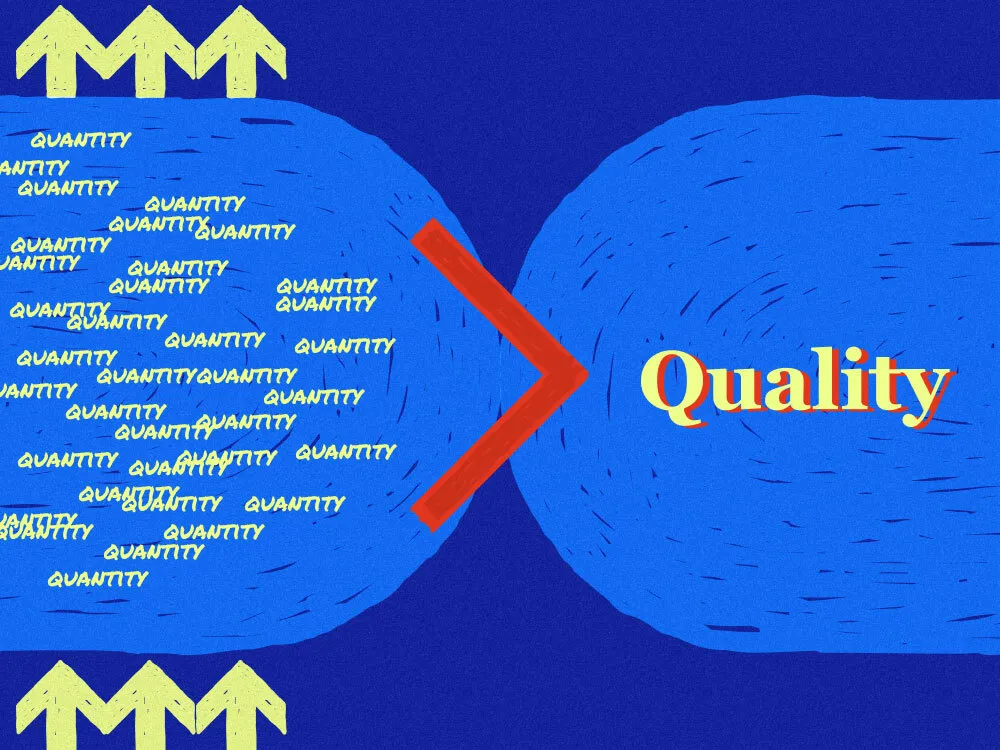Want to learn how to grow your partner programs while targeting ideal partners? Cory Snyder, the Head of Partnerships at Teamwork.com, shares his learnings below.
When it comes to effective partner programs and partner organization strategies, growth and relationships matter. Here, I will share what I have learned in my 15+ years of experience creating, launching, accelerating, and scaling partner and sales organizations.
Here’s what works for me, as well as a few other wild ideas on what I believe will move the needle for growth at Teamwork.com in 2024. With these strategies, we aim to hit three times our partner count and 6.5 times the revenue from our partners this year.
With that in mind, let’s jump in!
Partnerships look back: Where were we?
Let’s set the stage with a few numbers. Teamwork.com’s Solution Partner Program turned a year old towards the end of 2023. As the company headed into the beginning of Q3 that year, it was time to bring someone on to oversee partner enablement. With that hire and through that quarter, the program grew to 40 partners, generating roughly $100,000 in annual recurring revenue.
It was a solid program start for sure — but we could do better. I joined Teamwork.com in October 2023 with the goals of increasing partnerships and further driving that revenue. We did just that!
Partnerships reflection: What did we do?
The fourth quarter was a busy one for me and the partner team at Teamwork.com, with several new strategies and significant partner growth:
- We more than doubled our total partner count in Q4, jumping from 40 to 82.
- To save time, we fully automated our partner acquisition pipeline (more on that below), saving time. After all, time is money!
- We revamped and launched new partner website pages.
- We launched a New Partner Hub learning center.
- We also developed several outreach sequences for partner acquisition.
Partnerships look ahead: Where we are going
We’ve set some big goals for ourselves in 2024. By this time next year, we plan on:
- Growing our partners to 300 (3.5X)
- Driving $850,000 in annual recurring revenue from partners (6.5X)
- Providing sales training via PartnerHub learning management system (LMS)
- Launching live accreditation in Teamwork.com’s two platforms, projects and desk
- Hiring a partner sales manager
- Creating a new partner directory to drive leads to our partners
See more: Expert tips on how to scale a partner program with stability.
Partnerships strategy: How will we get there?
These are big goals, but how do we plan on meeting them? I’ve divided our partnership strategies into three main points to provide some tactical information.
1. Partner Acquisition
To board 15 new partners every month, we needed to look hard at our processes. Bandwidth issues, manual tasks, and inefficient practices hindered us, so we re-examined how we do things.
We started by looking at our tech stack. We have PartnerStack for our partner relationship management and HubSpot as our customer relationship management/marketing automation tool. In between, there was a ton of manual labor in which someone oversaw document signatures and sign-up processes, as well as onboarding and emailing intros to enablement and partner sales. Also, we began collecting partner profile info through the application process.
Automating the processes between the two companies eliminated 90% of that manual labor, allowing our team to focus on acquisitions and targeted outreach rather than paperwork. Meanwhile, we also relaunched our partner pages to consolidate the programs we offer, removing confusing messaging and allowing our partners to sign up for the right programs.
2. Quantity and then quality

Growing our partners from 80 to 300 is a big jump. So why 300? The goal is volume. Volume gives us data. That data then helps us to form our ideal partner profile (IPP). Once we have a good cohort of partners that have been onboarded and given time to adopt Teamwork.com as a partner, we can form the IPP. This is why I say quantity and then quality.
So, what do we look at in determining that IPP? Well, we look at the number of employees, the services the partner offers, who is selling and who isn’t, what industries they work in, revenue amounts, and who else they partner with to start.
Then, once we’ve established 90% of our IPP, we can change what types of partners our team acquires.
3. Giving back
Once we’ve streamlined our acquisition processes and connected with a high quantity of partners to determine quality, we expect to see 6.5 times more revenue from partners over the year. So how will we do this?
First and foremost, we align everyone on the partner team on our key performance indicators (KPIs) and goals for the year. It’s always a team effort. Our partner acquisition person, Caroline, asks the partner who they have ready to join Teamwork.com and pushes them to register. Then, Melody, who handles our partner enablement team, helps make them better partners by working with them on product knowledge and go-to-market positioning.

In addition to all of that, we have a great product. That allows us to build a beneficial program our partners are excited about. Successful partnerships are the ones in which both sides contribute something meaningful, and we give back as much as we receive. By giving back to our partners through the directory, internal referrals, and other vital motivators, we expect the revenue from our partners to grow accordingly.
In other words, it’s always essential to give to receive.
















